For dry areas of the country, xeriscaping is the best option for gardening. When planning your new xeriscaping project, consider what plants you can use to improve your overall garden space. Discover below what they are and some plants you can use for a xeric garden.
| Plant | Cost |
|---|---|
| Apache Plume | $15.00 |
| Panchito Manzanita | $25.50 |
| Lavender | $8.75 |
| Hyssop | $9.20 |
| Blue Spruce | $30.00 |
| Pork and Beans | $12.40 |
| Dwarf Lilyturf | $6.90 |
| Lace Aloe | $11.25 |
| Santa Barbara Daisy | $7.80 |
| Myrtle Spurge | $14.60 |
| Purple Poppy-Mallow | $10.10 |
| Sonoma Sage | $16.50 |
| Japanese Sacred Lily | $22.00 |
| Narrow Leaved Sundrops | $8.95 |
| Spanish Dagger | $19.75 |
| California Tree Poppy | $13.25 |
| Large Coneflower | $9.50 |
Why Do People Choose Drought Tolerant Plants
There are tons of benefits to choosing drought tolerant plants in your xeriscaping efforts in Colorado:
– Less water is needed to sustain their growth, cutting down on consumption.
– Since less water is needed to sustain plant life, less money is spent on irrigation.
– Plants used in xeriscaping designs that are drought tolerant are better able to withstand the effects of heat waves and other forms of extreme weather.
– The time and effort needed to care for these plants is reduced because they need less water. The deep root systems of many drought-tolerant xeriscape plants aerate and increase the soil’s capacity to hold moisture, two factors that contribute to the plants’ overall health.
– Xeriscaping, which emphasizes the use of native plants, has been shown to boost biodiversity and sustain ecosystems.
– The gorgeous flowers and foliage of many drought-resistant xeriscape plants make them a desirable addition to any garden.
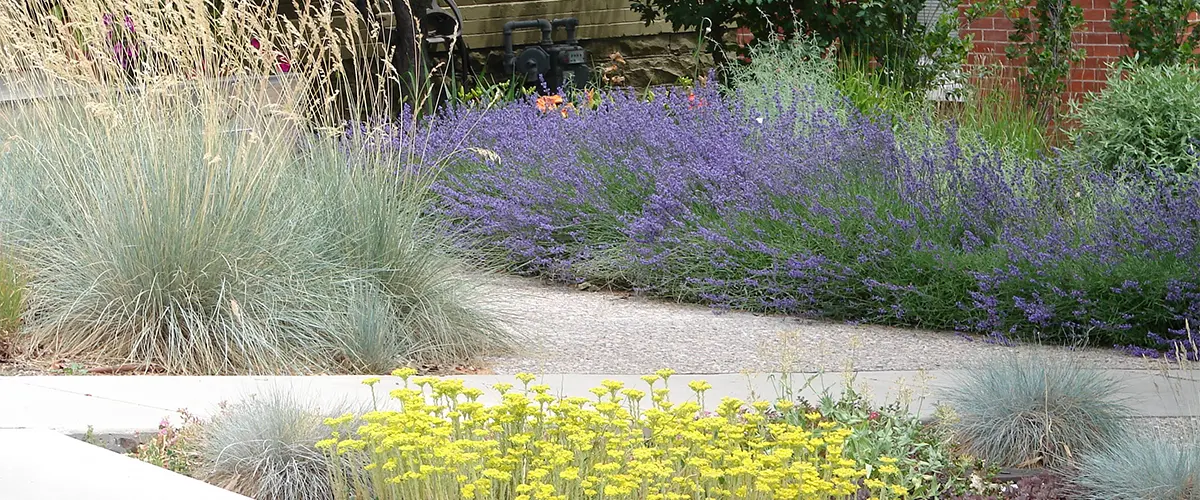
17 Best Drought Tolerant Plants For Colorado
If you’re convinced to choose drought tolerant plants in xeriscaping, here are the 17 of the best options that can thrive in almost any climate (exceptions included).
“Apache Plume” - Fallugia Paradoxa
“Panchito Manzanita” - Arctostaphylos Coloradoensis
“Lavender” - Lavandula
The drought resistance of lavender is exceptional, and it can thrive with very little to no additional irrigation at all. Its natural habitat is in the Mediterranean region, where the summers are typically hot and dry and the winters are typically moderate and wet.
There are many different xeriscape designs that can make use of lavender, ranging from more formal garden beds to more naturalistic wildflower meadows. It is also a well-liked option for gardening in containers and can be combined with other species that are able to thrive in dry conditions when utilized in mixed plantings.
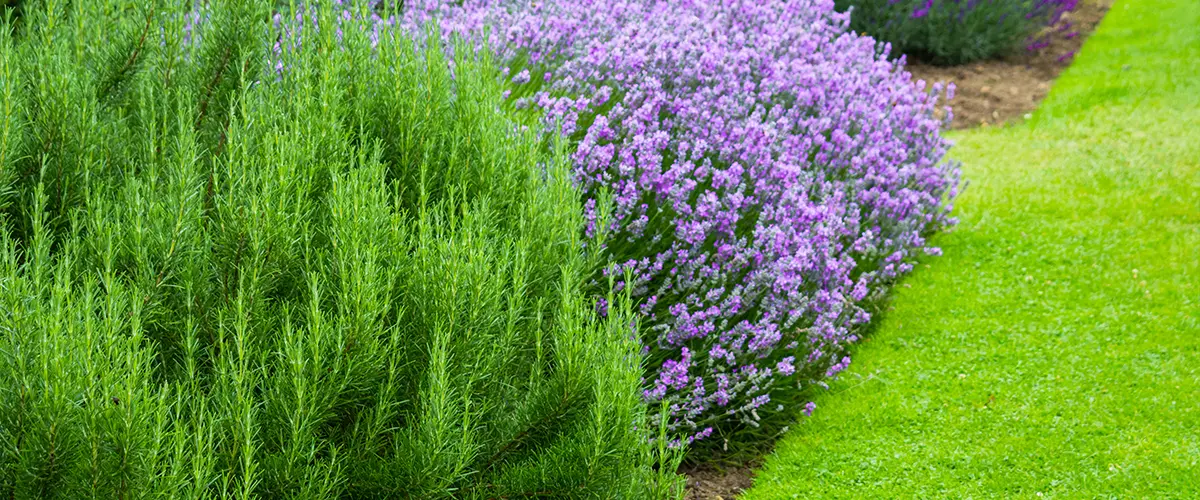
“Hyssop” - Hyssopus Officinalis
“Blue Spruce” - Picea Pungens
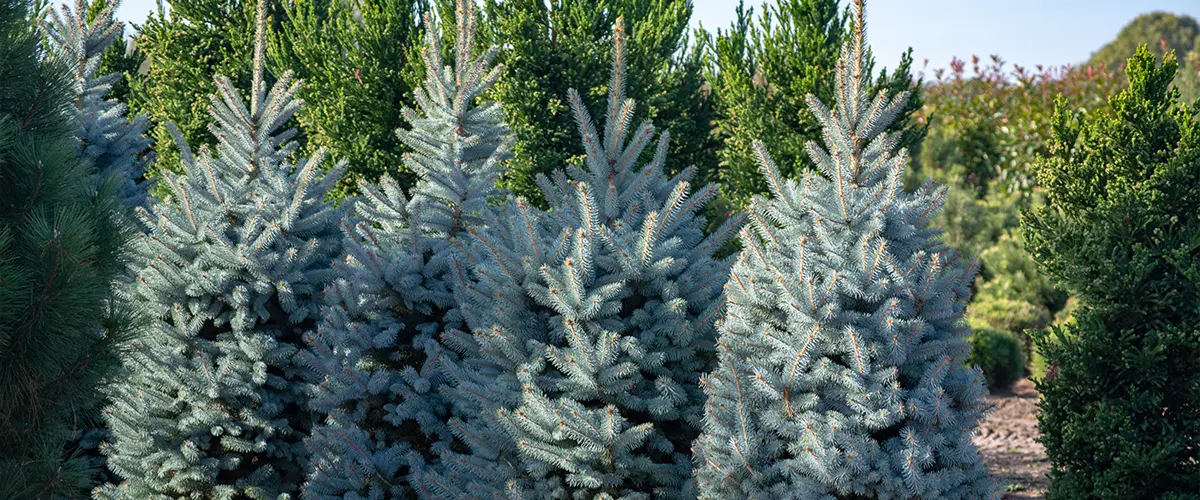
“Pork and Beans” - Sebum Rubrotinctum
“Dwarf Lilyturf” - Ophiopogon Japonicus
“Lace Aloe” - Aloe Aristata
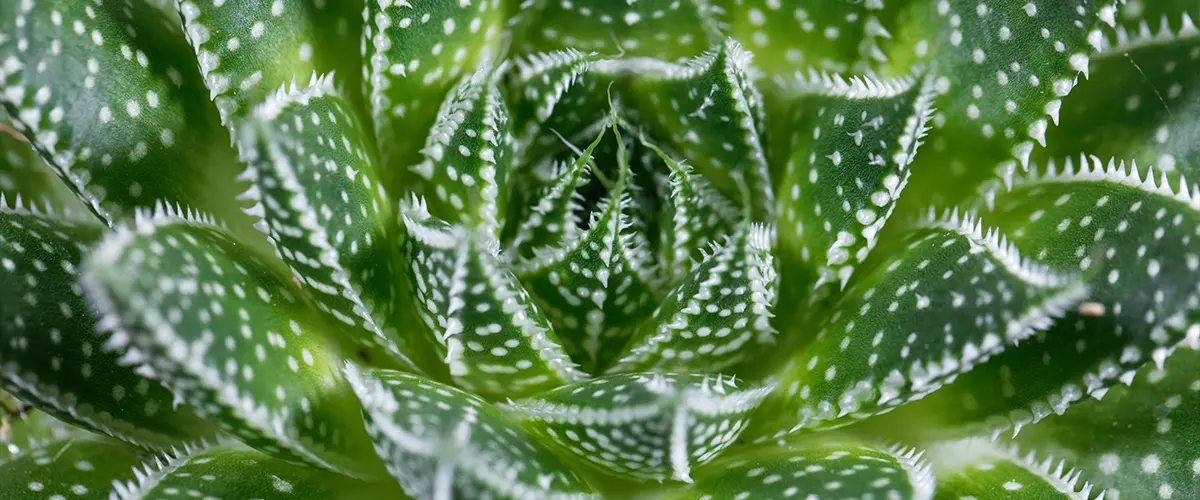
“Santa Barbara Daisy” - Erigeron Karvinskianus
“Myrtle Spurge” - Euphorbia Myrsinites
“Purple Poppy-Mallow” - Callirhoe Involucrata
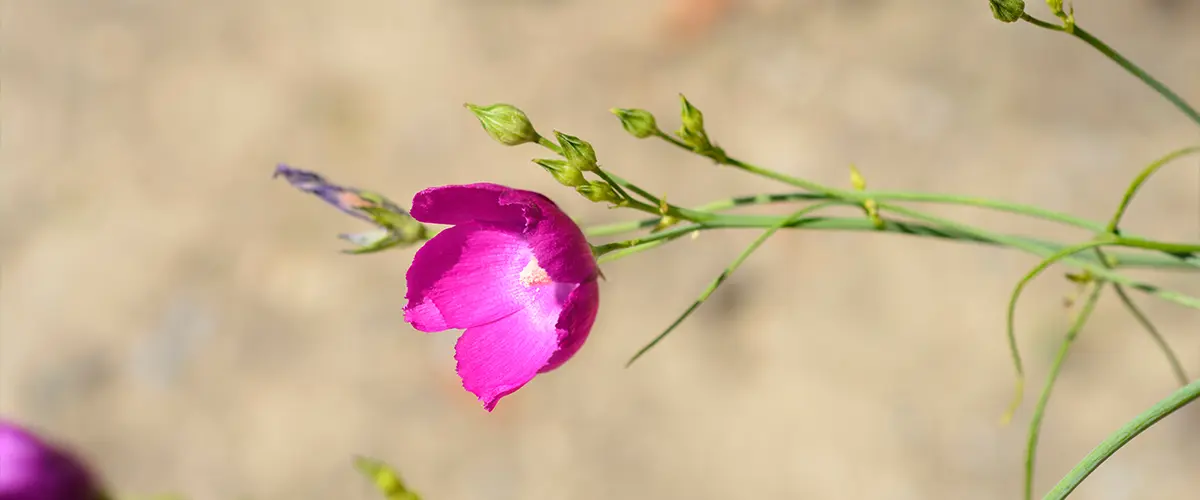
“Sonoma Sage” - Salvia Sonomensis
“Japanese Sacred Lily” - Rohdea Japonica
“Narrow-Leaved Sundrops” - Oenothera Fruticosa
“Spanish Dagger” - Yucca Aloifolia
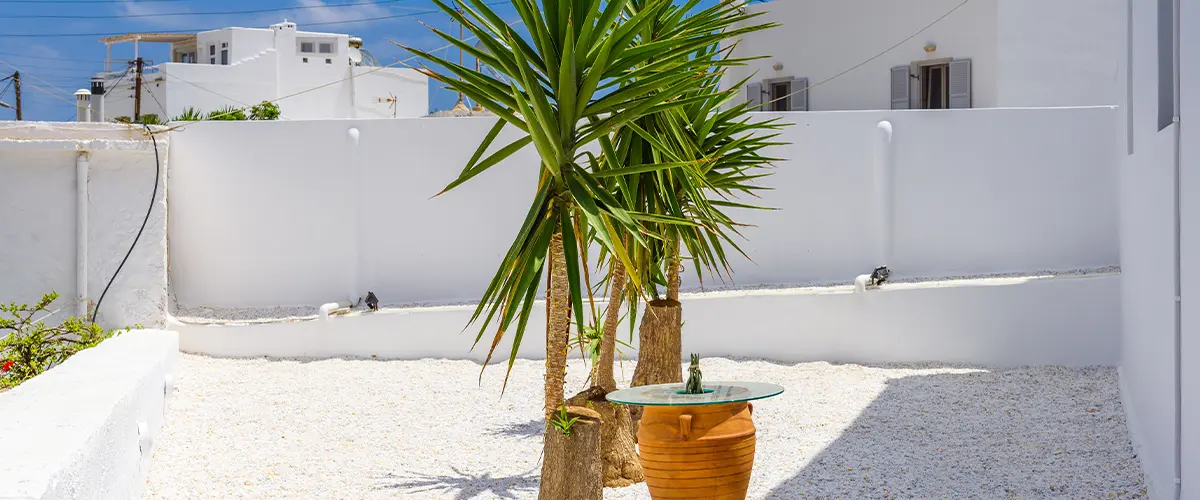
“California Tree Poppy” - Romneya Coulteri
“Large Coneflower” - Rudbeckia Maxima
You might also want to read about The Best Trees to Plant in Colorado for Optimal Growth
What Are the Seven Principles of Xeriscaping In Colorado?
Low-Water Using Plants
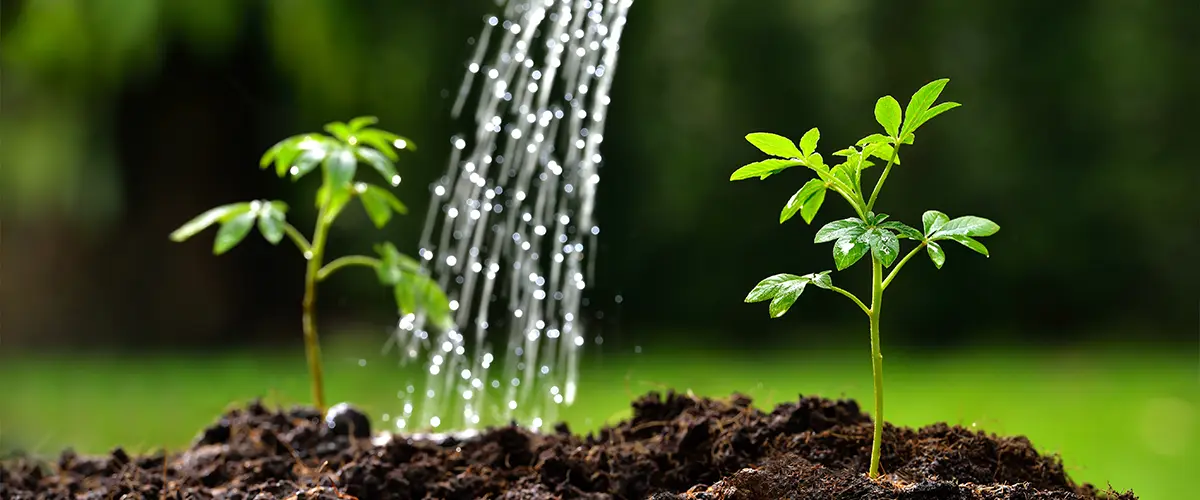
Limit Grass Areas
Grass uses more water than anything else in the garden and requires more maintenance, so use it only where it provides functional benefits. If you want the grass to look at, perhaps a good ground cover could better provide you with that mat of green.
Use grass in high-use areas, but not on slopes or hard-to-irrigate and maintain areas. A good alternative for low-use areas is seeded wildflowers or native grasses, or other drought-tolerant ground covers.
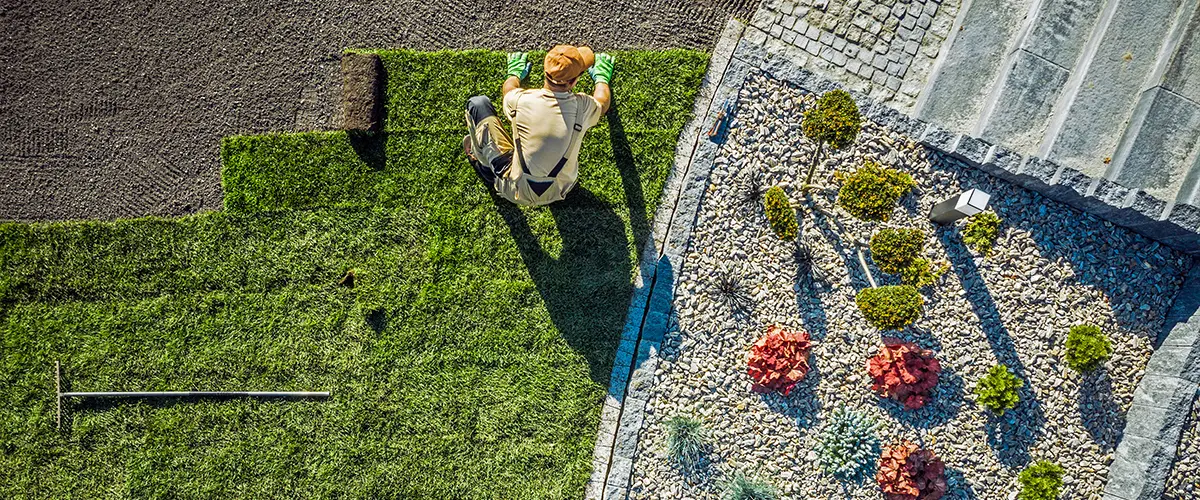
Water Harvesting Techniques
Incorporate water-harvesting techniques into your landscape design. This means channeling rain runoff to planted areas or a container for later use. A few simple methods that direct runoff to where it is needed include sloping sidewalks and terraces, collecting roof water, contouring lawns or other sloped areas, and using rock “river” channels.
Constructing earth mounds or berms at the edge of your property can also hold water on your site. Locate plants where they can take advantage of this extra water.
Appropriate Use of Turf
Efficient Irrigation System and Design
Match your irrigation method to the type of plant being irrigated – drip irrigation for individual plants and spray irrigation for grass. Drip is the most efficient way to irrigate because it puts water where it is needed and reduces evaporation.
Use a timer or controller to schedule irrigation and change schedules often – whenever the weather changes, especially when it rains. Put plants with similar water needs and similar rooting depths on separate valves.
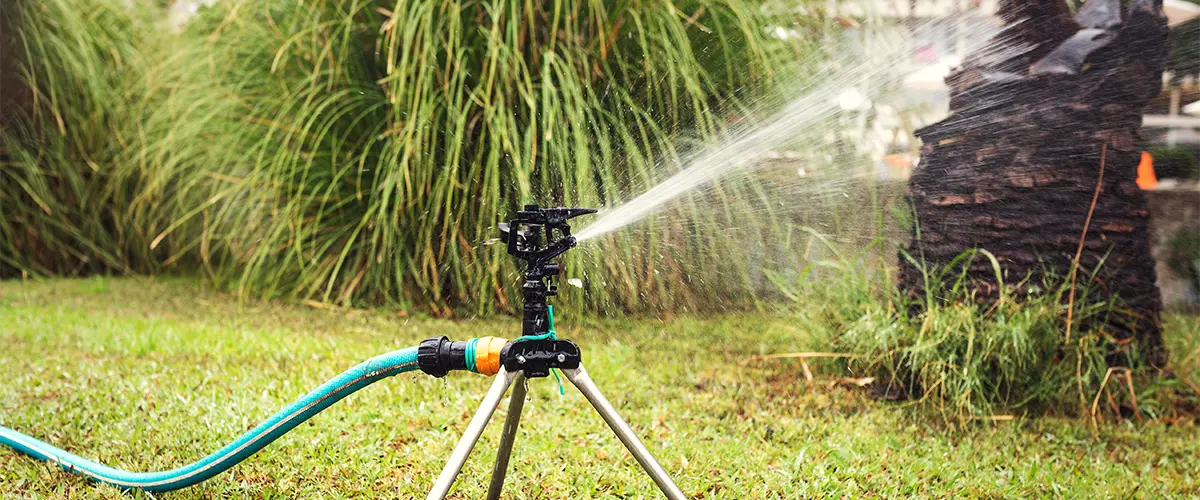
Low-Water Use Plants
Plants that require less water are readily available in most nurseries. While you may use many of your old favorites in the oasis zone, there is a wide variety of colorful, fragrant, and beautiful plants for the less irrigated part of the landscape.
Many have long blooming seasons and attractive leaves. Some provide fall interest with multi-hued foliage and fruit, while others offer an attractive winter appearance.
Maintenance
The Bottom Line
Companies that specialize in xeriscaping have experts who can choose drought-resistant plants, plant them, and take care of them. At Land Designs by Colton, we can guide you in the selection of plants that are suitable for the climate and topography of your area, as well as guarantee that the plants are installed and cared for appropriately.
